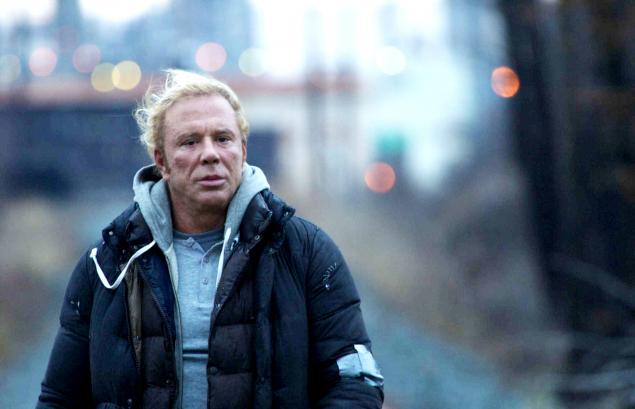
As moviegoers, films are an escape for many of us. We have a bad day, so we put on a good film. Life is changing in a troublesome way, and a night at the movies temporarily gets rid of that pain. The theater and living room are both safe havens from the turmoil we face in our lives. The people we see on the screen share the same issues we ourselves endure.
This is a list to commemorate those who braved serious nightmares to bring others joy, entertainment, or an escape that they themselves could have used. In fact, for some of these performers, the productions they were part of was their escape.
The following celebrities worked on films directly after a crisis, during a hardship, or shortly before their unfortunate demises. All of them strived for greatness during their struggles and grievances. These are not actors who had a hard time on set with fellow cast members, the crew or others. These are 10 performers who acted during their darkest times.
1. Mandy Patinkin – The Princess Bride
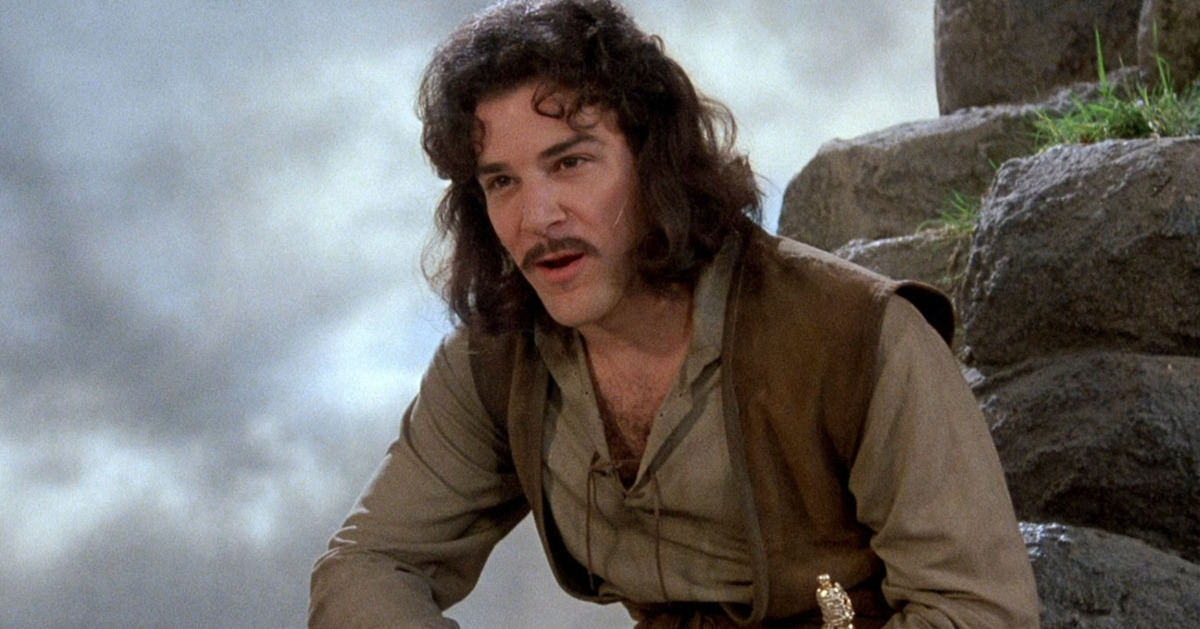
We all know the iconic line (of many) from The Princess Bride. The fierce fencer Inigo Montoya proclaims a slogan over and over and over again: “Hello. My name is Inigo Montoya. You killed my father. Prepare to die.” This is a direct introduction to the man who is responsible for the murder.
It is also an impression for the viewers: Inigo is going to extreme lengths to meet death, and he is prepared to do so. When he finally utters the line in front of Count Rugen, the man who murdered his father Domingo Montoya, you can sense the patience that was held within bursting out.
It is a far more emotional recital than you may have expected. That is because Mandy Patinkin (the actor of Inigo) lost his father to cancer years before, and it was a loss Patinkin battled with until “The Princess Bride” was filmed.
Patinkin would wander around the set away from other actors while the shot would be set up. His isolation prepared him for the confrontation he would eventually have with the six-fingered man, who was his personification of his father’s cancer. Patinkin has since said: “In my mind I feel that when I killed that six-fingered man, I killed the cancer that killed my father,” and that his “fairy tale came true.”
2. Mickey Rourke – The Wrestler
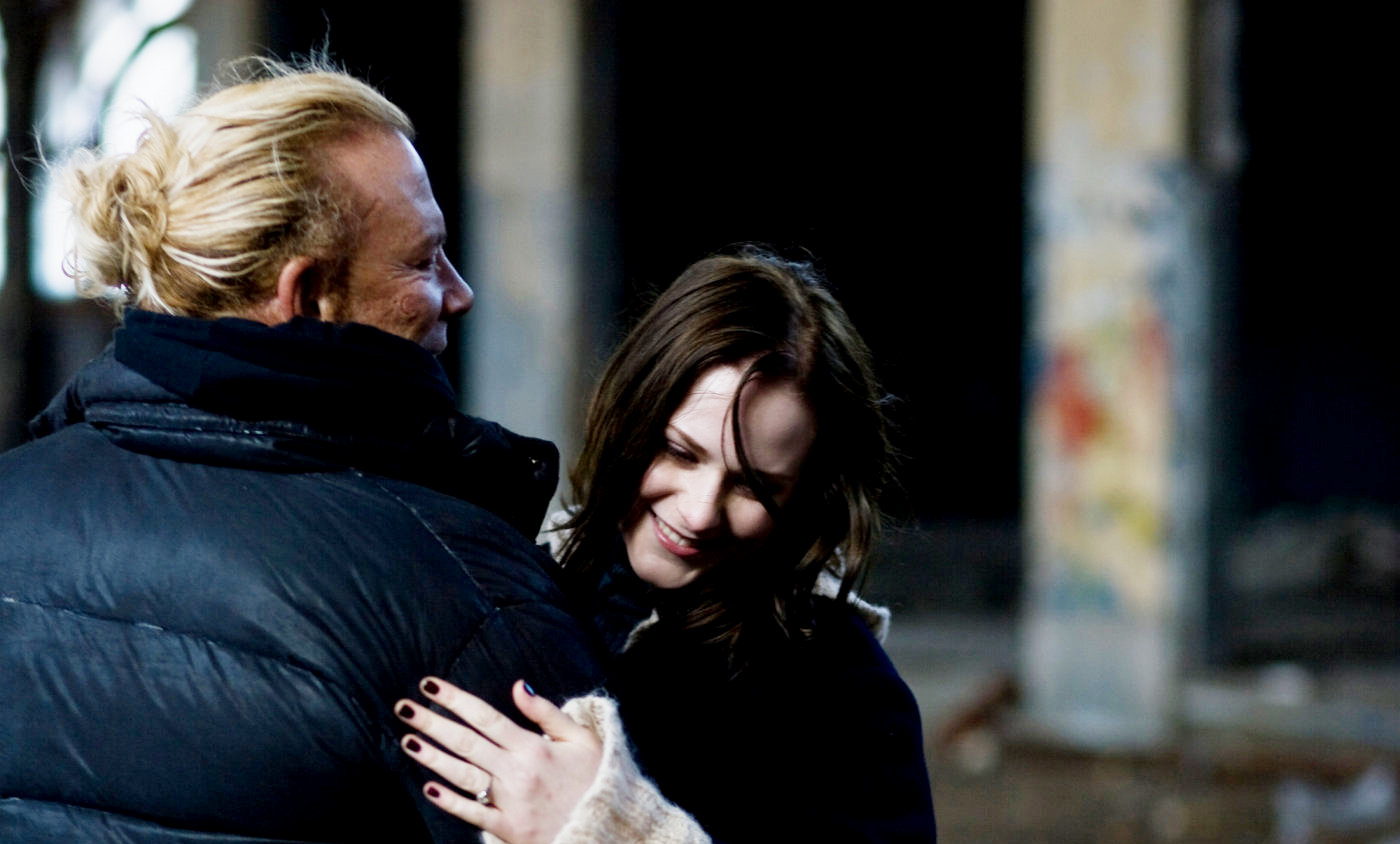
Mickey Rourke disappeared from the world. The once-heartthrob vanished from acting in major roles to become a boxer in 1991; he actually was a boxer first, but decided to abandon acting in lead roles for this new pursuit. He felt he wasn’t cutting it as an actor, and that he was ruining his life. He has also regretted his plastic surgery, which is possibly another reason why he did not want to return to having an acting reputation.
Eventually, he did come back to Hollywood as a lead actor with a few comeback films, including “Man on Fire” and “Sin City”. The gossip rags wouldn’t leave him alone, whether they discussed his surgeries, his boxing career, or even the amount of admiration for his dogs.
Then came Darren Aronofsky’s “The Wrestler”, which almost feels like it was inspired, in part, by Rourke’s life. Rourke played a wrestler who had lost it all to try and keep his dream alive. He was a self-destructive gentle giant who realized he had a disconnect with the world (aside from his loyal fan base). The relief boxing gave him, of which he has described as a “healing process”, is replicated by the abuse his character takes in the film; this includes Rourke actually slicing his forehead with a razor blade.
“The Wrestler” garnered massive amounts of attention, including Oscar buzz for Rourke (he ultimately lost to Sean Penn that year). He saw this as a way to continue acting in major roles again, as he realized what “time [he] wasted” beating himself up and disregarding his efforts all of those years.
3. Meryl Streep and John Cazale – The Deer Hunter
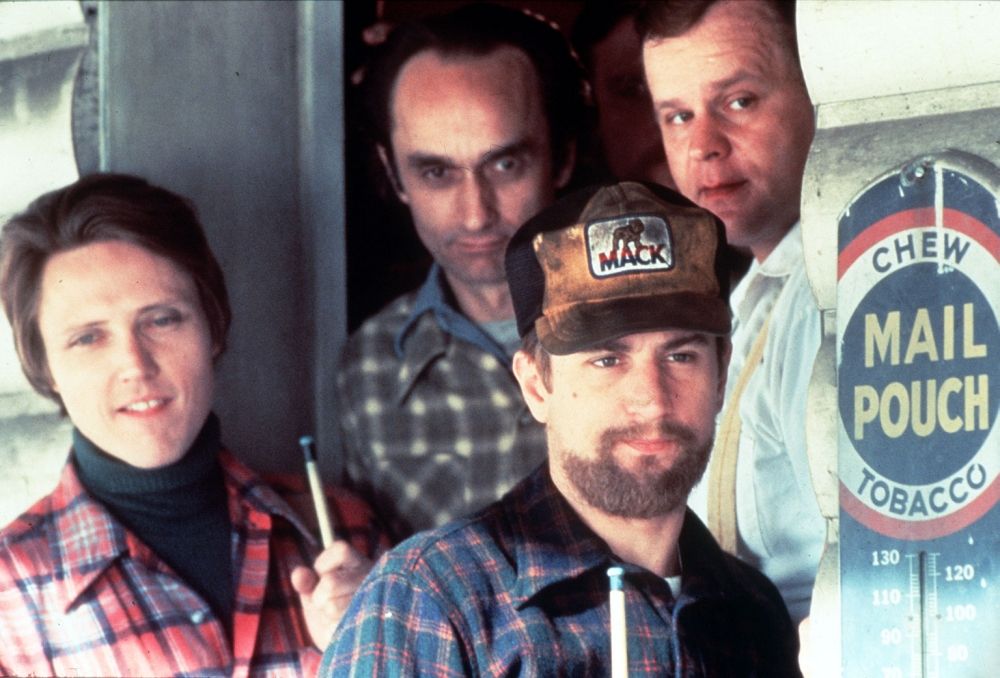
You can include all of the primary cast members of “The Deer Hunter” here, but this grim reality was the hardest for both Meryl Streep and John Cazale. The superstar couple were together for two years when cancer stripped the late Cazale of his life and his stellar career. Cazale was a star in some of the greatest masterpieces of the 70’s film scene – both ‘Godfather’ films, “The Conversation”, “Dog Day Afternoon” and “The Deer Hunter”.
The latter is already a dismal film full of death, torture, grief, and depression. At the very end, all of the surviving main characters have their eyes locked on the floor below them.
The emotions that circulated this shot can be attributed to some fine acting, but the majority of that sadness came from the knowledge that Cazale was slowly dying, and this would likely be the final shot in which he will ever take part. Cazale had lines removed from the film, because his condition only got worse and worse, and he became too weak to perform. Shortly after this film, Cazale was bedridden with Streep at his side.
One year after he had passed away, Streep had opened up about his death by saying it had caused her to “face [her] own mortality.” With a final shot of a film like the one in “The Deer Hunter”, you can tell that similar notions were filling up the minds of everyone in that room (in front of and behind the camera).
4. Judy Garland – A Star is Born
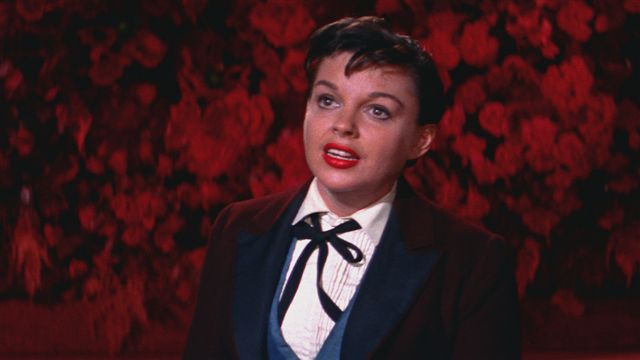
Judy Garland’s legacy is sadly tethered to the common argument that fame can greatly affect anyone. With a bright start to her career, Garland had films like “The Wizard of Oz” and “Meet Me in St. Louis” to her name. She was a musical sensation who would then marry Vincente Minnelli (along with four other men) and give birth to starlet Liza Minnelli (along with two children with Sidney Luft). Unfortunately, her marital troubles weren’t the only problems Garland faced in her life. Her early career and the immediate attention she faced overnight, especially at such a young age, led to her requiring psychiatric help.
As one of the first film celebrities to reach the status she did, Garland faced many forms of backlash regarding how she should appear, act, and be overall. This would all lead to a deep addiction of alcohol and drugs that was heavily publicized, and a series of financial struggles would additionally follow these issues.
After all of this damnation, Garland would star in a remake of “A Star is Born”, which was slated to be her big comeback. The latter statement became true, as Garland’s performance was proclaimed to be her very best by many critics. It was noteworthy that Garland’s character in the film takes notice of the addictions of another character in the film, where Garland comments on how he is destroying himself and “crumbl[ing]” away.
This candid performance was nominated for an Oscar, and the predictions of Garland winning were so strong that a camera crew was sent to the hospital Garland was at when she was giving birth to her son. She lost to Grace Kelly that year, and sadly never had an additional chance.
5. Sylvester Stallone – Rocky
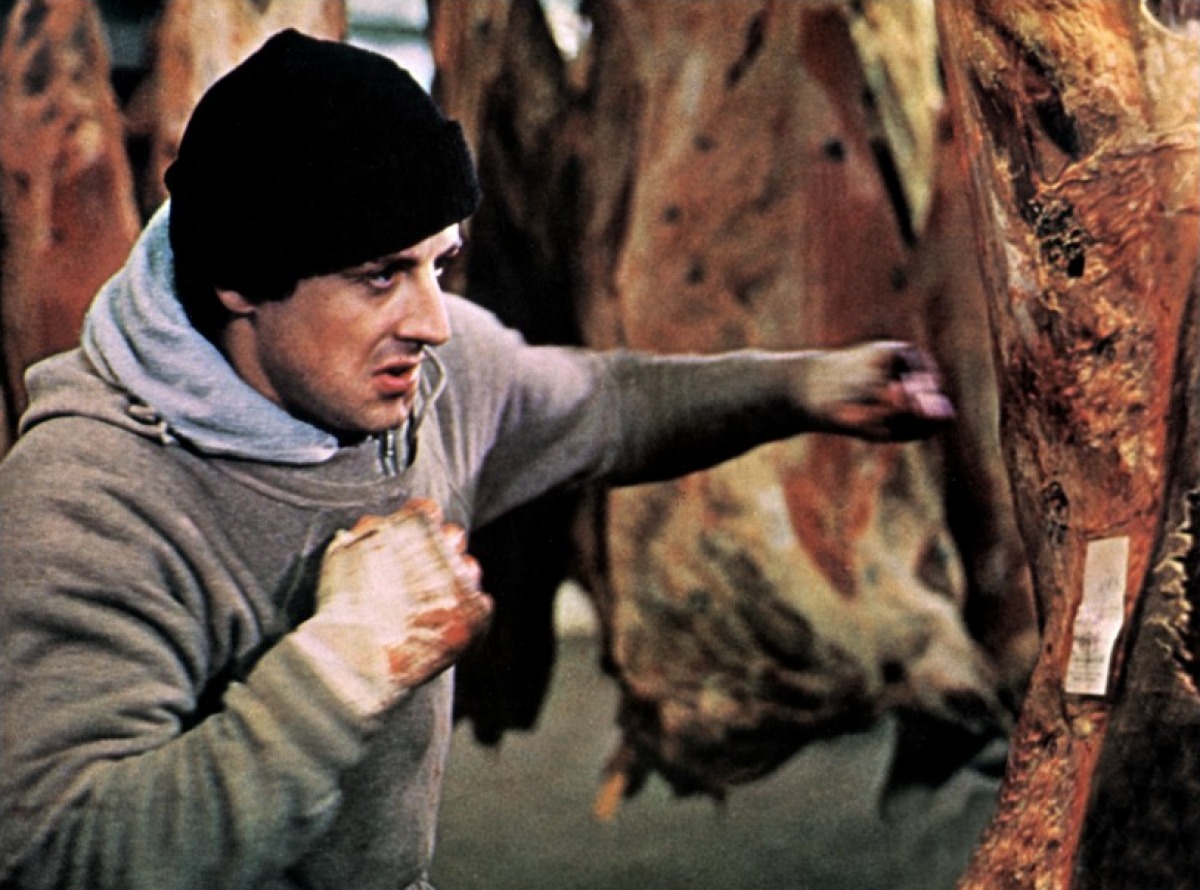
The details in this next entry are a little rocky (pun intended), because the perseverance behind it felt movie-like. In fact, the details almost mirror the underdog story Sylvester Stallone wrote in the form of the script for “Rocky”.
It’s a pretty well-known tale; Stallone was poor and down on his luck as a struggling actor. He had to sell his then-wife’s jewelry to keep afloat, and eventually had to resort to selling his beloved dog Butkus. After watching a boxing match between Muhammad Ali and Chuck Wepner, Stallone imagined his own story of an unpopular boxer beating the odds and coming out on top.
As we all know, “Rocky” was a big success and a career-defining moment for the young Stallone. He even got Butkus back in the end, and he featured the dog in the first two ‘Rocky’ films as his on-screen companion as well.
“Rocky” was a sloppy, low-budget film that won everyone over because of its gigantic heart, and this may be why Stallone’s own story has its own embellishments. To emphasize the strength of Stallone’s story, many have added their own details over the years, including the possibility that Stallone sold the script and used thousands of dollars to buy his dog back.
Another tossed-in fact’ is that the screenplay took a day to finish, because of how driven Stallone was. A quick look at sites like Snopes or TruthOrFiction can tell you that some of these details were the myths supporters have tagged onto an already strong story, but that doesn’t make Stallone’s eventual triumph all the less credible.